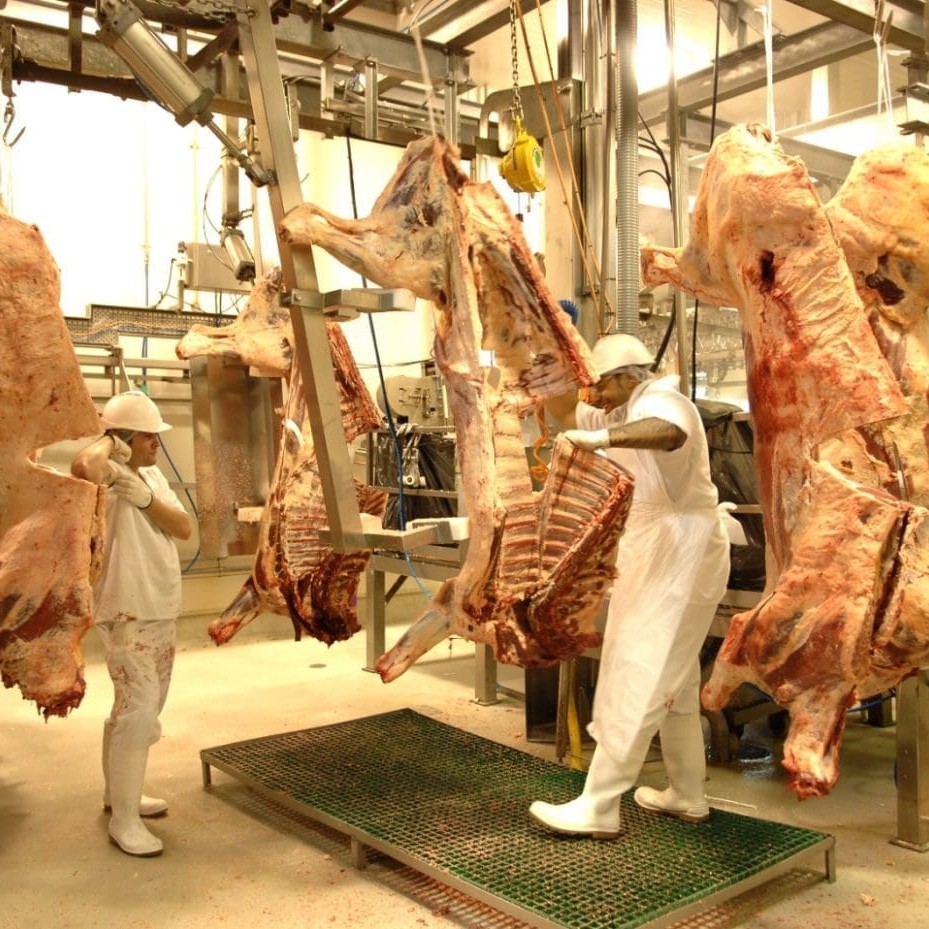 With drier conditions bearing down on many regions of Eastern Australia heading deeper into September, the weekly kill is again starting to edge upwards, although slaughter cattle flows in northern areas remain relatively light.
With drier conditions bearing down on many regions of Eastern Australia heading deeper into September, the weekly kill is again starting to edge upwards, although slaughter cattle flows in northern areas remain relatively light.
Processors in southern Queensland report good numbers of oats-finished cattle are now starting to emerge, and the traditional early spring season run of Channel Country bullocks is building in momentum.
Stimulated partly by an easing A$ in the past week, currently sitting below US103c, larger Southeast Queensland processors have lifted direct consignment rates 5c/kg across the board in the past week, as overall supply of better lines remains tight.
That combination of factors, together with drying conditions, could stimulate a rise in rates of kill in coming weeks.
Last week’s Eastern states kill reported by the National Livestock Reporting Service showed a modest rise from recent lower levels, producing a tally of 132,102 head, up 0.73pc from a week earlier.
Last week’s rise was driven by small increases in most states, although part of the growth in Victoria/NSW can be attributed to cattle sourced out of southern regions of Queensland.
Queensland plants last week recorded a 2pc lift in numbers to 73,289 head, barely a thousand more than the week previous.
Better rail transport access through rail-heads like Winton – knocked out earlier this year by flood damage to rail bridges – is seeing a lift in runs of channel country heavy ox, heading for processors from Rockhampton to the NSW/Qld border.
One processor who this week killed the same bullocks from the same channel country paddock as this time last year reported the 2012 steers to be 40kg heavier in liveweight compared with a year ago.
“That’s perhaps more a reflection of the fact that, on the back of two consecutive big seasons, they were heavier going into the finishing paddock from the outside country this year, rather than this year’s feed being ‘40kg better’ than last year,” he said.
Plenty of Channel Country export bullocks described to Beef Central this week were averaging 380-400kg over the hooks, at anything from milk to four teeth.
Further support in southern Queensland and northern NSW kills is coming via early oats-finished cattle, including good lines of yearlings that have been grading particularly well for MSA in recent weeks.
One large processor commented on the strong yield performance being recorded in both ox and younger, lighter steer this spring.
As highlighted in Beef Central’s earlier weekly kill reports, rates of female kill in Queensland remain historically low, again last week reaching only 28pc of the total, as the herd rebuilding drive continues.
As mentioned above, meatworks grid prices across southeast Queensland have lifted 5c/kg in the past week, reflecting current supply/demand pressures.
Expect to see SEQ grid prices this week around 330-335c/kg on milk and two-tooth grassfed ox, 325-330c/kg on four-tooth ox, and 295-305c/kg for best cow. MSA grassfed steer were quoted to a top of around 350c.
The NSW kill last week eased 1pc, reaching 31,576 head. Victoria was +1pc at 16,945 head, but still 10pc below this time last year. South Australia recorded a kill of 7444 head, down 3pc, while in Tasmania, activity rose significantly for a second consecutive week, lifting a further 7pc on top of a 4pc rise a week earlier to reach 2846 head, a 35pc better result over this time last year.
South Australia’s kill continues to be supplemented by flows of cattle out of Central and northern Australia, but generally, southern processors report a struggle to find killable cattle, with most suggesting the spring turnoff to start in earnest in another three to four weeks.
The shortage of killable cattle in the south has seen southern processors operating in Queensland saleyards as far north as Longreach since August, although a rise in saleyards rates in many centres last week has dampened that interest, because of the big freight bills they face.
Despite the deterioration in seasonal conditions across a wide area of the state, overall cattle supply at Queensland saleyards last week fell by 20pc. Numbers declined significantly by 37pc at the Roma store sale as producers elected to wait to see how weather conditions unfold for the spring.
There were noticeably less restocker buyers at most Queensland saleyards markets and more are becoming selective in their purchases. Feeder buyers are also becoming more conservative on purchasing light and medium weights.
Larger numbers of lightweight yearling heifers flowing into Queensland saleyards attracted only limited demand, with the largest numbers going to southern processors. However heavyweight feeders went against the downward trend to average 4¢/kg dearer.
In NSW, total saleyard throughput last week declined 12pc week-on-week, with the decline experienced across the majority of saleyards, with the exception of Dubbo. Gunnedah experienced the largest decline back 36pc as cattle supply from the west reduced.
The decline in numbers together with pockets of supplementary and crop-fed lines scattered throughout markets assisted in strong saleyard prices in NSW last week. Quality was the main price driver across all categories as the plainer lines were still attracting lower prices.
In Victoria, saleyards cattle numbers lifted 4pc, MLA’s NLRS reported on Friday. Trends were mixed, with Warrnambool reporting the largest yarding increase of 60pc, and Shepparton up 40pc. At the other end, Leongatha was back by 40pc and Pakenham 17pc. Wodonga was just short of steady.
Buyer demand in Victoria relaxed last week as most categories sold cheaper.
In meat market news, US imported grinding meat prices continued their recent improving trend last week, with imported 90CL cow meat rising to A406.8c/kg late last week – the best return to Australian processors seen since early June. That’s being driven both by the lower A$, and emerging supply issues in the US domestic system.
